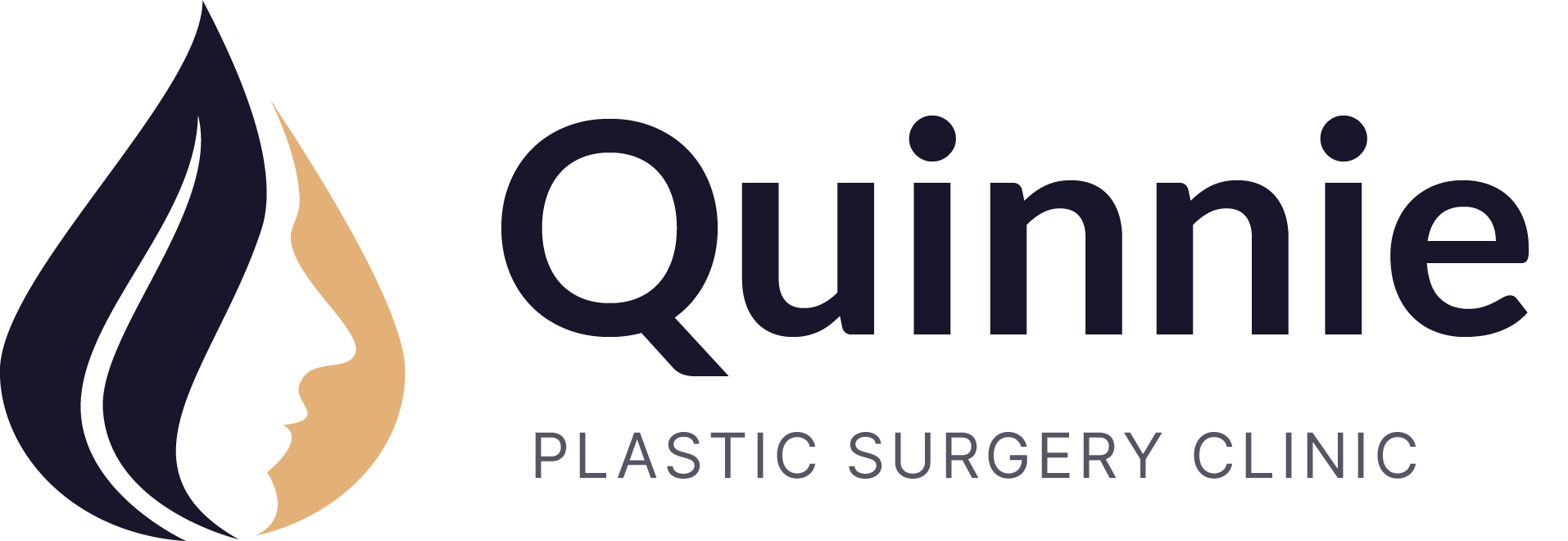A forehead lift, also known as a brow lift, is a cosmetic surgical procedure that is designed to address sagging or drooping eyebrows and forehead skin. The procedure involves lifting and tightening the skin and underlying muscles of the forehead and brow area, which can help reduce the appearance of wrinkles, frown lines, and drooping eyebrows.
Several different techniques can be used for forehead lifting, including the traditional coronal method, endoscopic and temporal methods. The technique used will depend on the specific needs and goals of the patient and the experience and preferences of the surgeon.
In the traditional coronal technique with forehead lifting, an incision is made along the hairline, starting at the top of one ear and moving across the frontal bone to the other ear. The skin of the frontal area is separated from the underlying tissues and the eyebrow muscles that cause the wrinkles are removed or repositioned. The eyebrows are repositioned to a higher and more youthful position. The incision is closed with sutures or staples and a bandage is placed on the forehead.
The endoscopic method is less invasive, several small incisions are made in the scalp and an endoscope is used to visualise and adjust the underlying tissues.
In the temporal method, incisions are made over the sensory areas and the outer part of the eyebrows is lifted.
At the time of the consultation, you must inform the surgeon about your lifestyle and any medications/vitamins/supplements you are taking, as these may affect your treatment and also prolong your recovery.
You may need to stop taking certain medications, such as aspirin or nonsteroidal anti-inflammatory drugs (NSAIDs), for a period of time before the surgery to reduce the risk of bleeding.
Patients who smoke will be advised to stop smoking for several weeks before and after the surgery, as smoking can impair healing and increase the risk of complications.
Most patients can return to work and other normal activities within 1-2 weeks after the procedure, although strenuous exercise should be avoided for several weeks.
Full recovery of forehead lifting can take several months, and patients should follow their surgeon's post-operative instructions carefully to ensure the best possible outcome.
After the procedure, patients may experience some swelling, bruising, and discomfort, which can be managed with pain medication.
Some of the possible complications include: scarring, infection, numbness, infection, bleeding and asymmetry. It is important to discuss these risks with your plastic surgeon before deciding to undergo a forehead lift.
